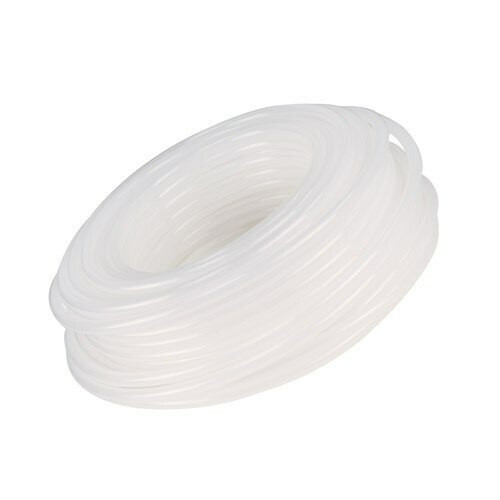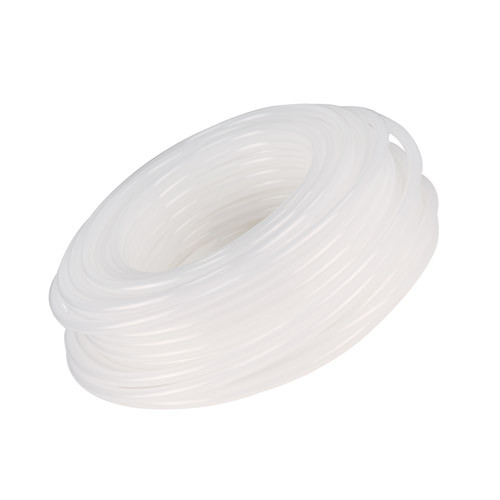1/16" x 1/8" Low Density Poly
- SKU:
- 31.95-100
ECT Manufacturing
Low-density Polyethylene tubing is a great economical choice that offers the most value for most general applications. The tubing is lightweight, flexible, and non-toxic.
- Air Line for the Super Small QED Pump
- Air-lift development tubing for environmental wells
- Specialized disposable applications
Specifications
Material: Linear Low Density Polyethylene / LLDPE
Color: Natural
Inside Diameter: .0625" or 1/16"
Outside Diameter: .125" or 1/8"
Wall Thickness: 1/32"
Max Pressure: 360 PSI at 70°F
Unlike silicon or PTFE, polyethylene environmental tubing is not resistant to corrosive chemicals and can degrade with long-term exposure to ultraviolent light.
-
Description
Low-density Polyethylene tubing is a great economical choice that offers the most value for most general applications. The tubing is lightweight, flexible, and non-toxic. Air Line for the Super Small QED Pump Air-lift development tubing for environmental wells Specialized disposable applications SpecificationsMaterial: Linear Low Density Polyethylene / LLDPEColor: NaturalInside Diameter: .0625" or 1/16"Outside Diameter: .125" or 1/8"Wall Thickness: 1/32"Max Pressure: 360 PSI at 70°F Unlike silicon or PTFE, polyethylene environmental tubing is not resistant to corrosive chemicals and can degrade with long-term exposure to ultraviolent light.
- Data Sheets
Low-density Polyethylene tubing is a great economical choice that offers the most value for most general applications. The tubing is lightweight, flexible, and non-toxic.
- Air Line for the Super Small QED Pump
- Air-lift development tubing for environmental wells
- Specialized disposable applications
Specifications
Material: Linear Low Density Polyethylene / LLDPE
Color: Natural
Inside Diameter: .0625" or 1/16"
Outside Diameter: .125" or 1/8"
Wall Thickness: 1/32"
Max Pressure: 360 PSI at 70°F
Unlike silicon or PTFE, polyethylene environmental tubing is not resistant to corrosive chemicals and can degrade with long-term exposure to ultraviolent light.








